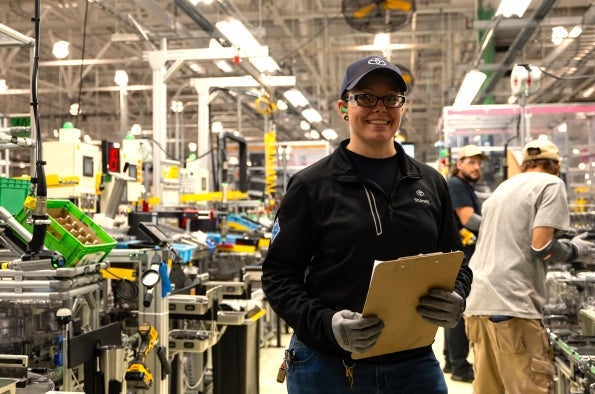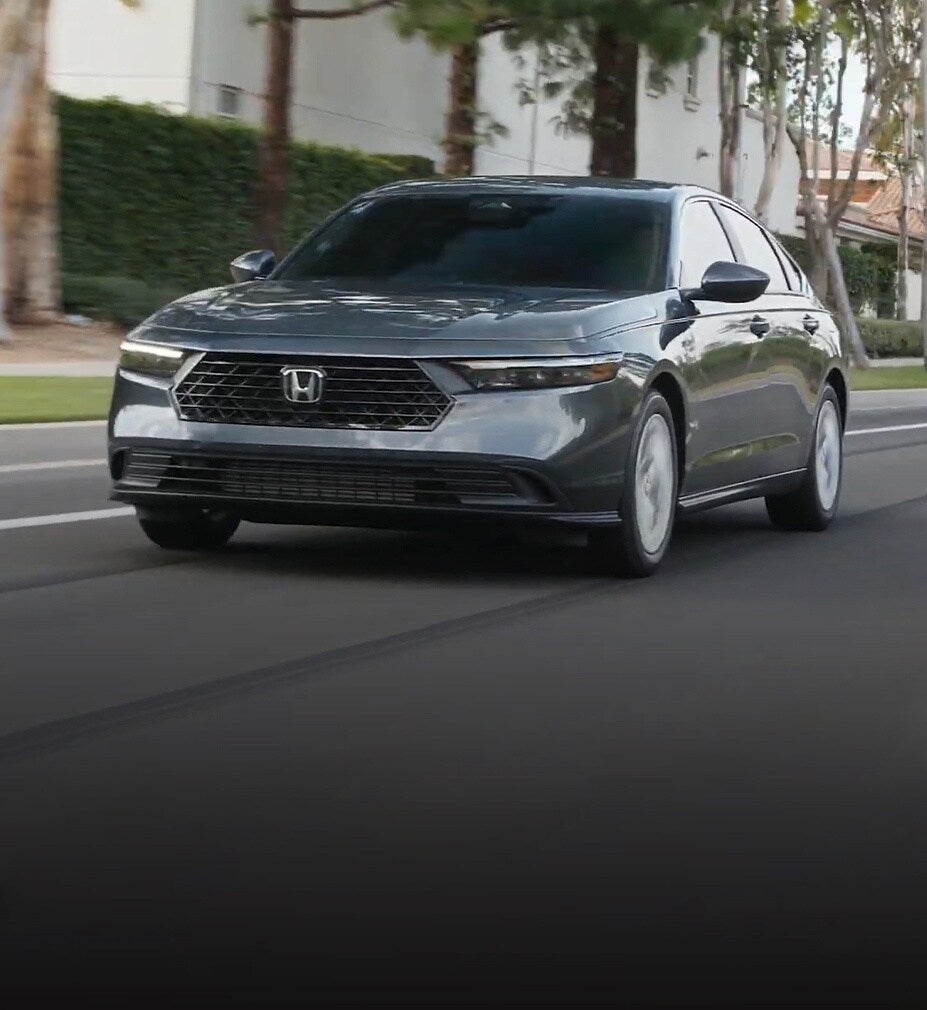In the wake of sweeping new federal rules the Automotive Occupant Restraints Council (AORC) today praised the regulations that will govern advanced occupant restraints on future new motor vehicles offered for sale in this country.
AORC President George Kirchoff said, “We support the National Highway Traffic Safety Administration’s actions and believe they will lead to saving more lives and reducing injuries that result from motor vehicle crashes.”
An important feature of the rule is the unbelted occupant barrier testing. “The inclusion of the unbelted driver/passenger test of 25 miles per hour (mph) crash into a solid barrier allows the performance of the air bag to provide adequate protection for the occupant in high speed accidents while reducing the risk of death injury to out-of-position children and adults.”
AORC and its member companies say the 25 mph fixed barrier test offers manufacturers better design parameters that will protect occupants during low speed crashes and occupants who could be out-of-position to receive maximum benefits from air bags.
According to NHTSA’s notice, advanced occupant restraints will be required on some new passenger cars and light trucks beginning Sept. 1, 2002 and in all passenger cars and light trucks beginning Sept. 1, 2005.
Kirchoff said that prior to the government’s final ruling AORC member companies spent several years developing the next generation of safety devices. Some of the technologies are in current model vehicles and others are ready for evaluation by motor vehicle manufacturers. He said the industry supports phasing in improvements in restraint technology as dictated by the NHTSA ruling.
How well do you really know your competitors?
Access the most comprehensive Company Profiles on the market, powered by GlobalData. Save hours of research. Gain competitive edge.

Thank you!
Your download email will arrive shortly
Not ready to buy yet? Download a free sample
We are confident about the unique quality of our Company Profiles. However, we want you to make the most beneficial decision for your business, so we offer a free sample that you can download by submitting the below form
By GlobalDataAORC is a non profit international organization representing manufacturers and suppliers of automotive air bags, seat belts, seating and their components.







